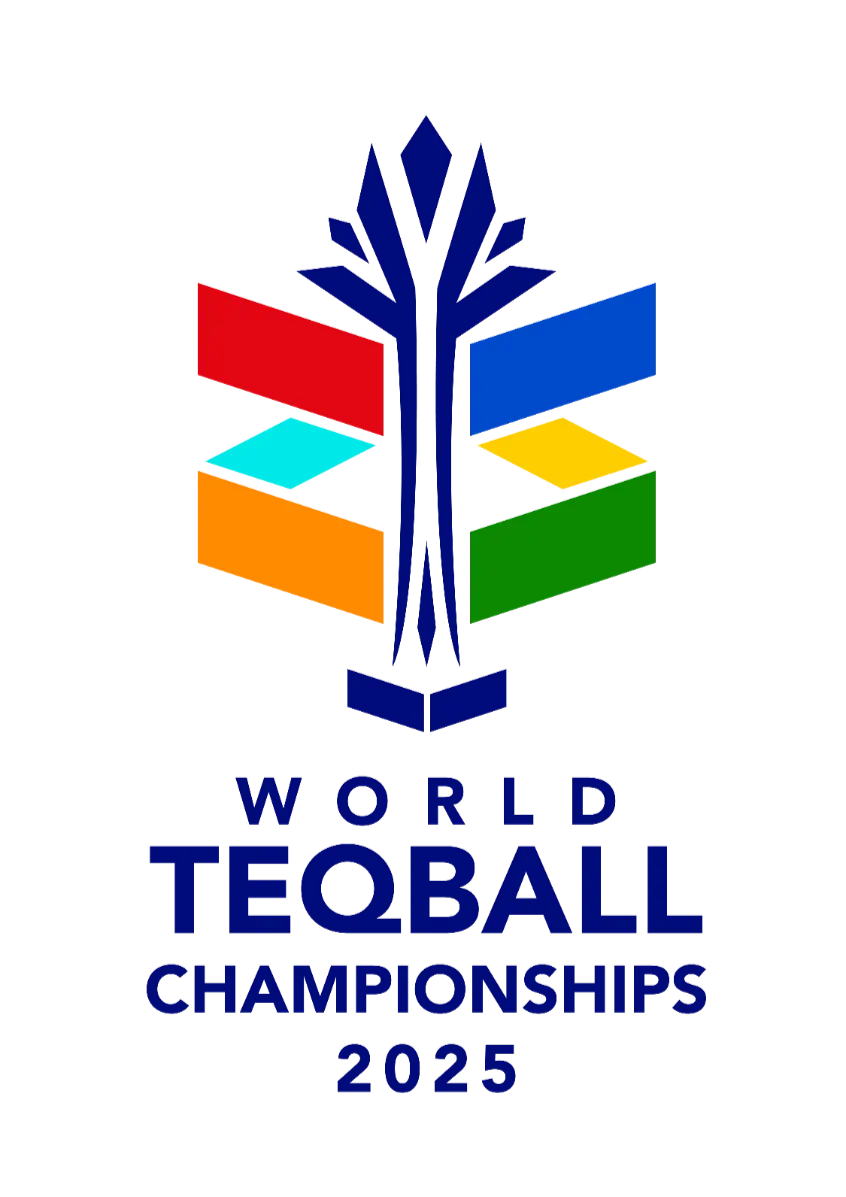The introduction of Video Assistant Referee (VAR) technology has been a topic of debate within the Indian football community for several years. As the sport continues to grow in popularity and investment in India, the demand for technological assistance to improve officiating accuracy has become increasingly pressing.
Trevor Kettle, the Chief Refereeing Officer (CRO) of the All India Football Federation (AIFF), recently shared his insights on the potential impact of VAR in Indian football during an interview with Khel Now.
Kettle strongly supports the introduction of VAR in Indian football, emphasizing its potential to enhance match accuracy and minimize errors. “I want VAR to be introduced. I want to increase the key match incident accuracy as much as possible,” Kettle stated, pointing to the Premier League’s decision to implement VAR when their accuracy was already at 88%. The primary motivation was to further reduce errors and increase fairness in the game.
The demand for technological intervention is also driven by the significant investments clubs are making in Indian football. Kettle noted, “Because of the demands of the clubs, a lot of clubs are making huge investments in India. They want to make sure that as many of the errors are eradicated as possible. We can achieve that if we have technology.”
Kettle highlighted how technology has become integral to various sports, citing examples from cricket and tennis, where technological advancements have significantly improved decision-making accuracy. In cricket, technology is used to determine whether the ball will hit the wicket, while in tennis, it is used to assess whether the ball is in or out.
“Technology is not perfect. Even in certain sports, it’s a matter of fact,” Kettle explained. “But, refereeing in football still has a lot of opinions. However, there are some of those disciplines where referees do get it wrong, which can be rectified easily.” VAR could serve as a critical tool in addressing these errors, providing referees with additional perspectives and reducing the likelihood of incorrect calls.
According to Kettle, the necessary infrastructure to implement VAR in India is largely in place, which should facilitate its adoption. “I’ve done a feasibility study and a cost study. Now, it sits with AIFF and FSDL. At the last AIFF AGM, the AIFF agreed to bring in the technology to the game,” Kettle said.
He acknowledged the financial costs associated with implementing VAR but expressed optimism about its feasibility. “There is a cost, always, a financial cost,” Kettle admitted. “But, I think it is possible because already major infrastructure costs, such as the production cameras which would be used, the fiber optic cables which would go back to the central hub, are in place at the venues. So, I’m hopeful.”
When asked about the distinction between VAR and VAR Lite, Kettle explained that VAR Lite is not suitable for India due to the Indian Super League’s (ISL) advanced infrastructure. VAR Lite typically involves eight or fewer cameras, reducing the need for additional replay operators. However, ISL matches use more than eight cameras, making the full VAR system more appropriate.
“We can’t be selective and say we’re only going to use eight cameras because there could be a camera angle there which would prove a decision right or wrong,” Kettle noted. “If we don’t use that camera angle, we would be heavily criticized. It would be pointless not using it. So, because of the good infrastructure and production of the ISL, it will be VAR.”
Kettle’s advocacy for VAR reflects a broader trend in global football to embrace technology for improving officiating standards. As Indian football continues to evolve, the introduction of VAR could enhance the game’s integrity and ensure fairer outcomes. With most infrastructure already in place, the AIFF’s next steps will be crucial in determining when and how VAR will become a reality in Indian football.



























